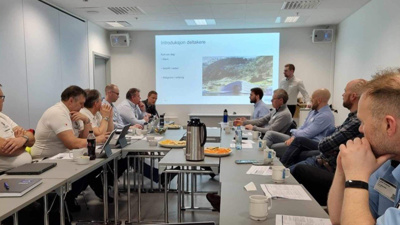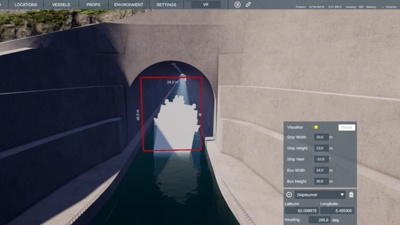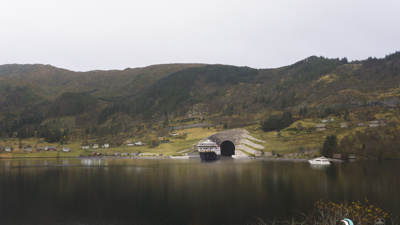DNV Maritime Advisory was engaged to interpret and summarize previous tunnel analyses and facilitate a process aimed at improving the decision-making basis for the construction of the ship tunnel.
Important workshop
Previously, the Stad ship tunnel project had conducted theoretical manoeuvring analyses by leading consulting firms such as SINTEF and Multiconsult. While these analyses provided valuable insights, there was a need for a more concise summary and practical interpretation of the result.
Therefore, DNV conducted the following risk analyses:
- Interpretation and summarization of previous analyses to propose maximum dimensions for ships navigating through the tunnel, known as a “navigation corridor”.
- DNV then organized a workshop with relevant stakeholders to discuss navigation risks and reach consensus on the dimensions of the “navigation corridor”.
DNV led the workshop held in Ålesund, attended by representatives and navigators from the Norwegian Maritime Authority (Sjøfartsdirektoratet), Havila, Hurtigruten, Rostein, NTNU and the NCA’s pilot service. To enhance understanding of the discussed scenario and visualize it for the participants, the tunnel was modelled in a VR scenario where the navigation corridor was shown, and a vessel could sail through the tunnel. The focus of the workshop was to identify hazards, discuss safety barriers, and document other possible recommendations, particularly related to human factors.


